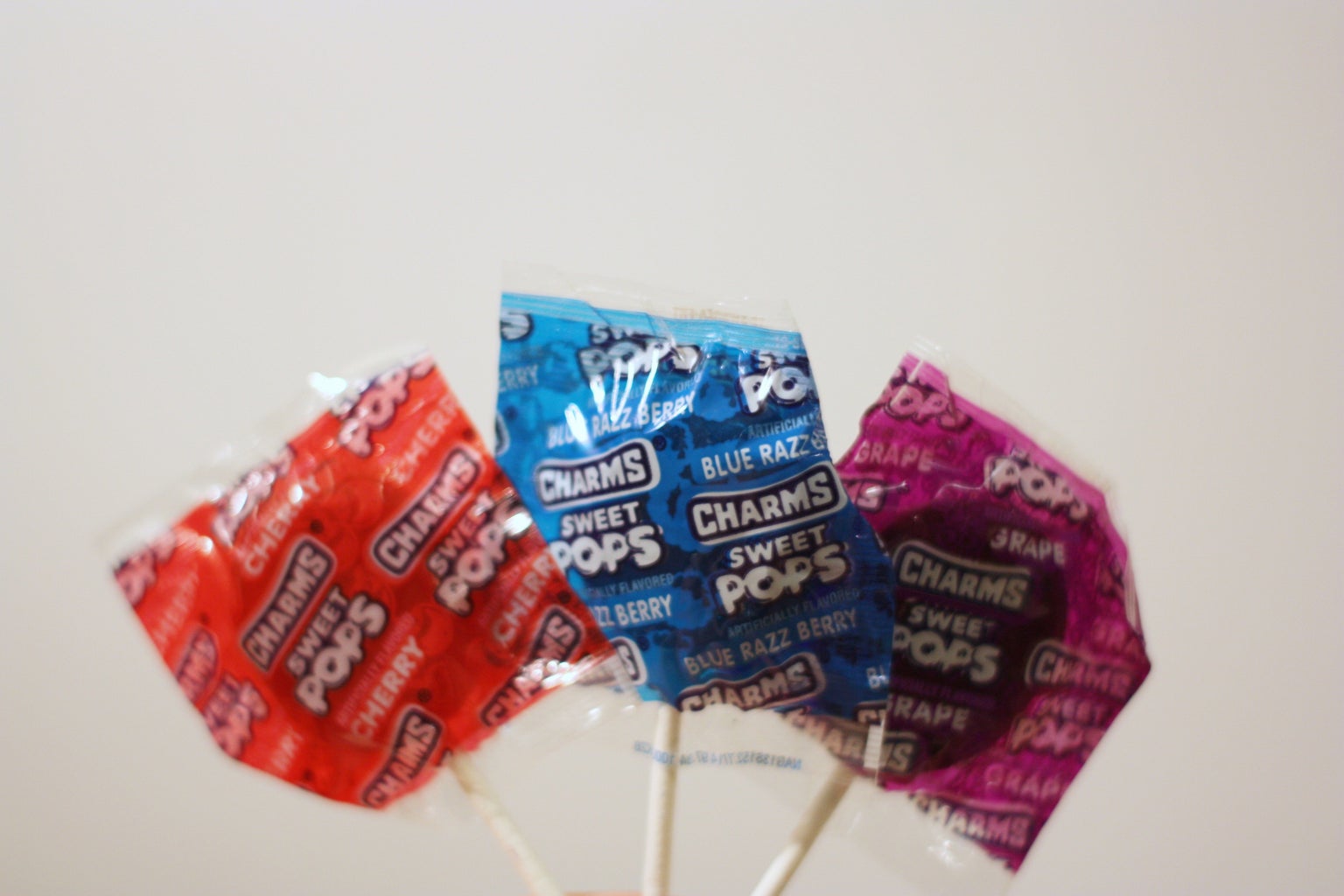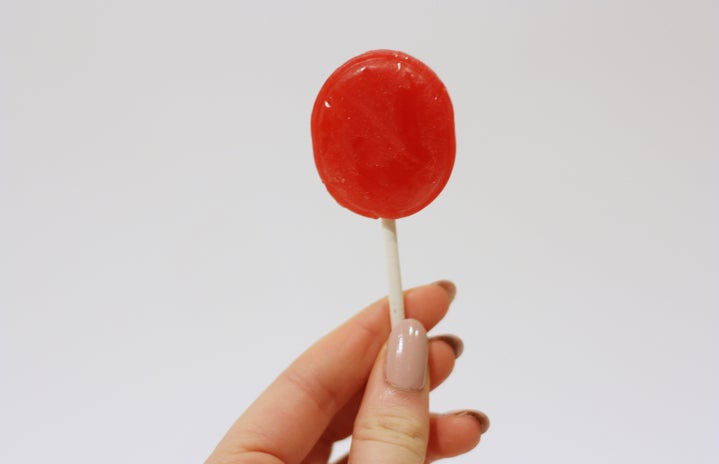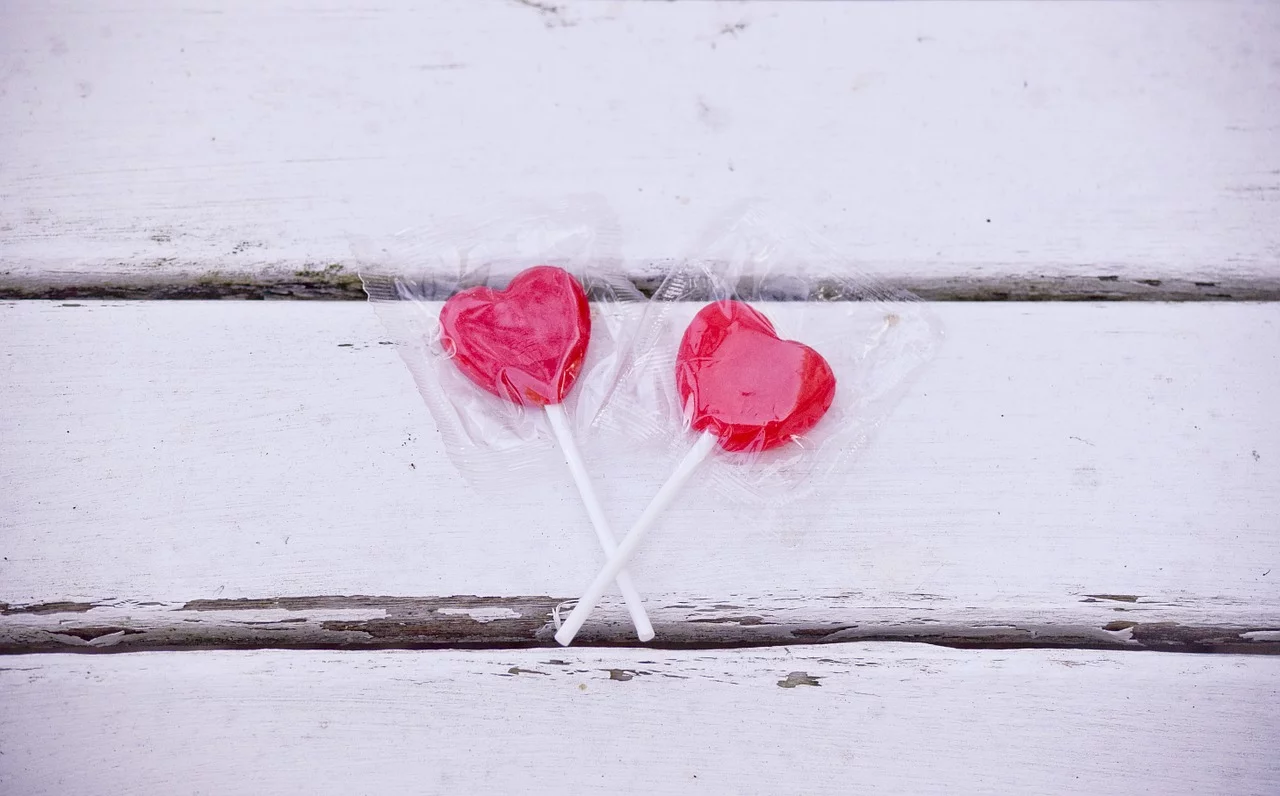Why are there so many Lollipops in the cinema? From Rose McGowan’s Scream to Lolita’s in the controversial book-to-movie adaptation, women are often seen sucking a usually cherry red sucker. But does it have a deeper meaning behind it? And if so, what is it?
Candy is often associated with childhood. After all, it’s little kids who trick-or-treat, easter egg hunt and are told “don’t take candy from strangers.” However, it was Lolita that started its association with girlhood specifically. Candy is fun, youthful and sweet, however, a lollipop is a hard candy. It’s as hard as a rock. It requires patience. And when you eventually bite into it, it’s jagged and sharp, sometimes even cutting your mouth with its razor edges. This symbolism is very reminiscent of what it’s like to grow up as a girl. This causes candy and specifically the lollipop to become a prop for two female archetypes, most infamously the damsel in distress and the modern femme fatale.
Growing up as a girl in a world that, frankly, does everything possible to limit a woman to do anything like having a voice, being ambitious, being successful, having bodily autonomy, the list goes on. This starts when we are young when we give boys power with phrases like “boys will be boys” and “if a boy is mean to you it means they like you.”
This symbol of girlhood is also shown in other media. There’s a reason why the lollipop is always red. Yes, it’s an attention-grabbing color, but it’s also a color that symbolizes the power girls strive for but society refuses to give them and the rage and anger we feel because of it. I mean, Taylor Swift has a whole album called Red, about a girl growing into an adult in a relationship with a man that constantly makes her feel less than others. Taylor even said that she writes about girlhood a lot in her Tribeca panel, and Red is her girlhood tour de force. Her songs “Cardigan,” “Betty,” “August,” “Seven” and “Dorothea” are her more recent girlhood hits.
Now, there’s no denying that the original symbolism was to show an impressionable young woman (Lolita) becoming involved with an older man, thus maturing too fast and creating a broken childhood for herself. This is unbelievably sexist and has tones of grooming and pedophilia. This symbol of a woman being a coquettish temptress (a creepy oxymoron) was also used as a prop for Baby Spice in the 90s. Lil Wayne wrote a whole song about it in 2008 called “Lollipop.” This was also during the era of sexy virginal pop stars and the media’s obsession with them like Britney Spears and Christina Aguilera. Or even Madonna’s “Like A Virgin” and “Like A Prayer” dichotomy. And while the cutesy Shirley Temple had a lollipop as a prop in many of her movies, many movies with lollipops that feature women are meant to show that innocence is sexy (is it just me, or does this make zero sense?).

This appeal could stem from many things. It’s a male fantasy. Men are often determined to be as manly as possible. To play sports. To be muscular and strong. Sometimes, they are abused in order to show how important being a man is. That broken childhood could be a subconscious reason for the Lolita appeal. Another reason could be the classic Peter Pan Syndrome. How adulting is so stressful and excruciating, that we want to be children forever. Men mature slower than women, in many ways. This creepy girlhood appeal could fulfill that dream in some screwed-up way.
It also has a youthful, but still uncomfortable femme fatale association. When young women want to lure their men in with their sweetness only for their revenge to be razor-sharp and cutthroat. Films like Jawbreaker, Sugar and Spice, Hard Candy and Violet and Daisy transformed the red lollipop into a symbol, or a weapon, of female empowerment, instead of a man’s fantasy. This subversion of feminine sweetness has transformed candy into a symbol of the female gaze, instead of the male gaze.
In Sharp Objects, Eliza Scanlen’s lollipop scene is meant to represent female rage. She is a cruel, cunning and nightmarish sociopath that wears ribbons in her hair, wears rollerskates, and pays great attention to detail when decorating her dollhouse. She is daddy’s little girl, mommy’s little princess and a terrifying teenage girl. She subverts the stereotypes of both an innocent good girl and a crazed bad girl. Meryl Streep’s daughter, Grace Gummer, sucks on lollipops while pursuing bad guys in Mr. Robot. Women have a reputation for being quiet, sweet and submissive. Killing Eve even shows how a woman obsessed with childishness is outspoken and bold.
However, these modern women in cinema who suck on lollipops are anything but. They have agency and create new ideas of sexuality and gender. They use this reputation women have from society to their advantage, brilliantly. They are determined, assertive, angry and outspoken, all masculine qualities that women in Sharp Objects, Hard Candy, Violet and Daisy and Mr. Robot possess.
This is very interesting when you realize how counterintuitive it is. How usually girly things are seen as frivolous and silly by society. Take teen dramas, heartthrobs and the vampire craze. They are all seen as silly and aren’t taken seriously.
However, symbolizations and associations take a long time to change. The duality was a symbol such as a lollipop that will always be seen as feminine, but the way it’s feminine and the meaning behind has changed dramatically in recent years. And while the misogynistic and traditional associations are still hard to shake, it seems we are still moving towards it being a weapon of girl power rather than a silly prop.




